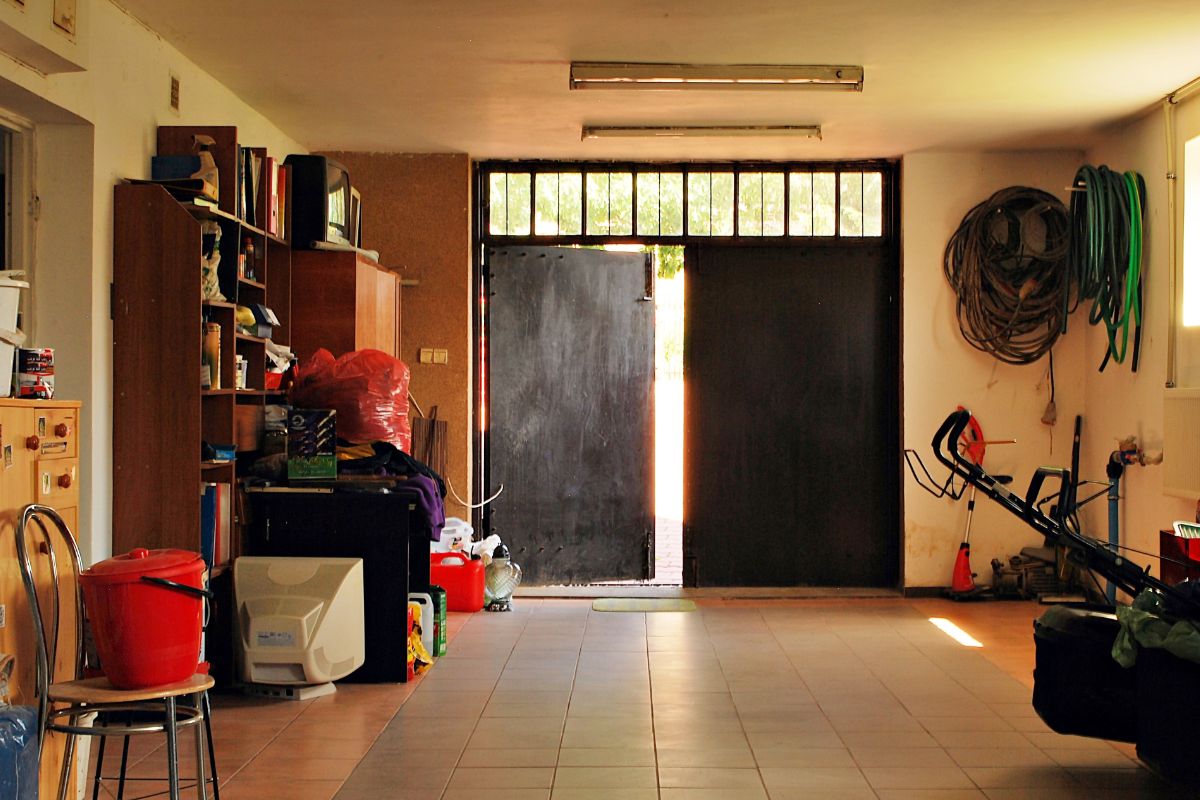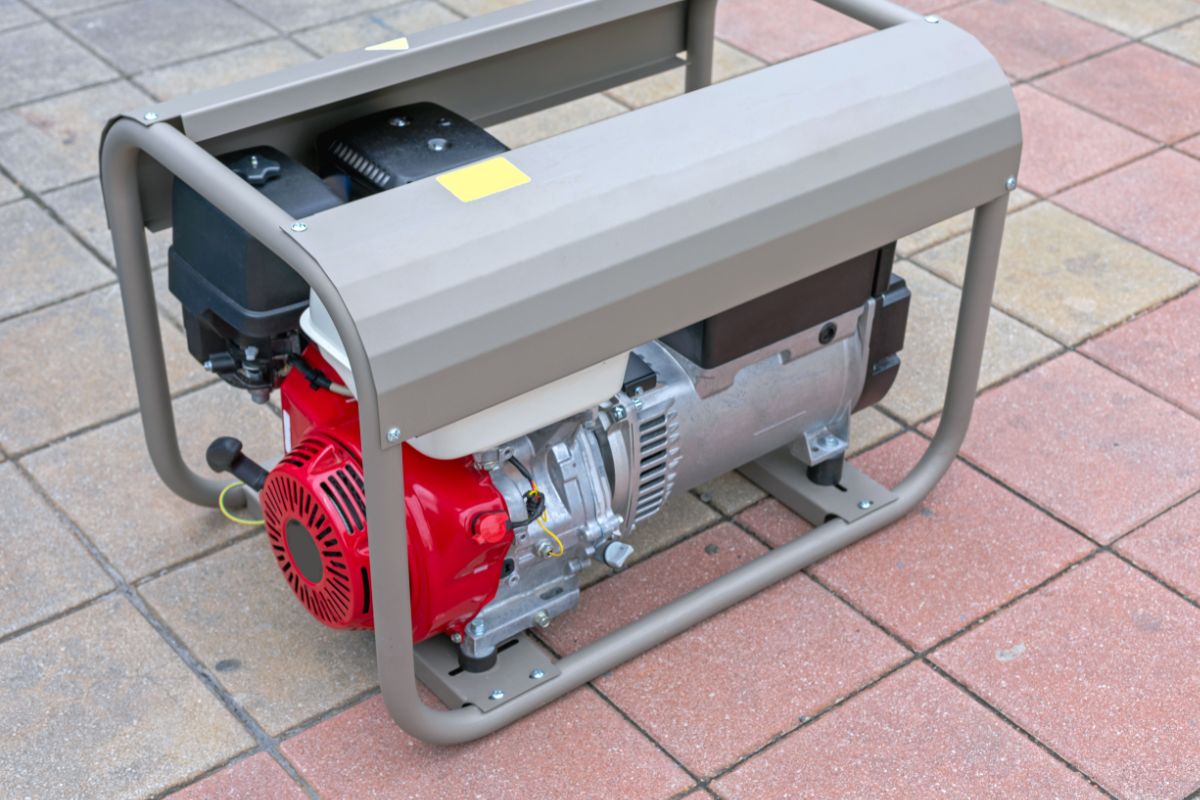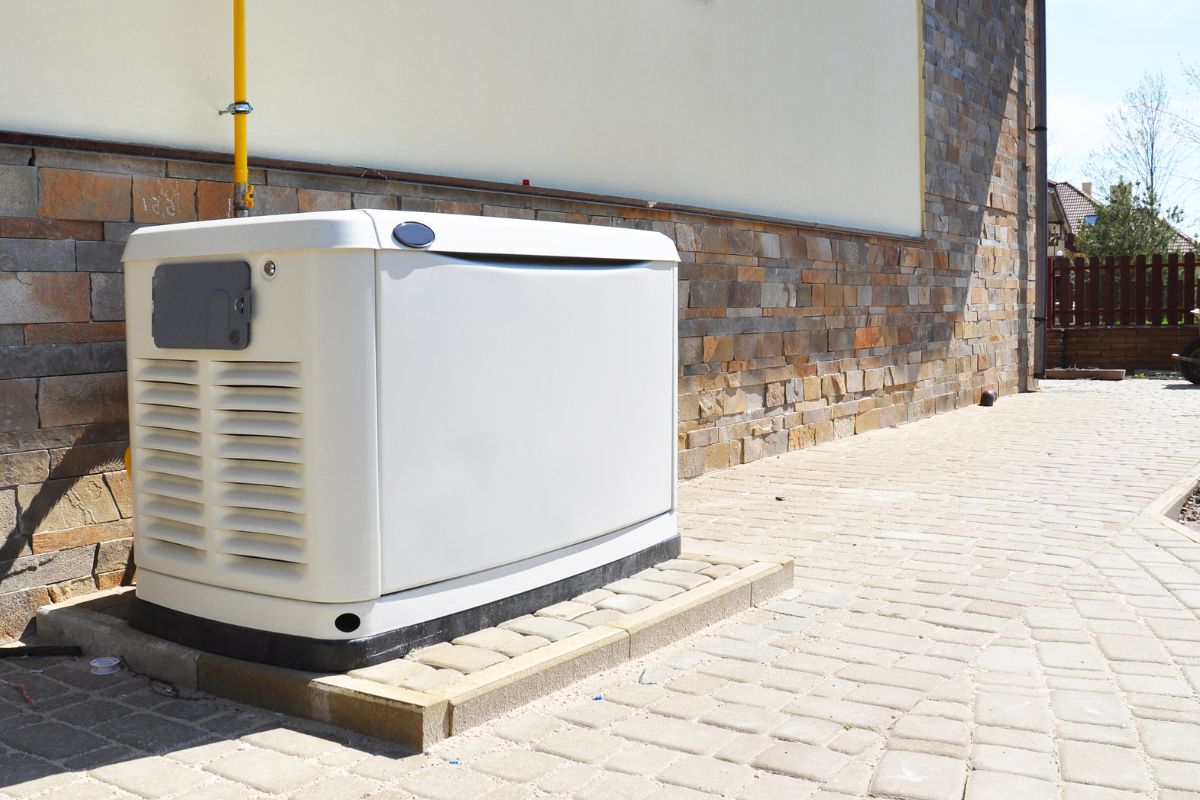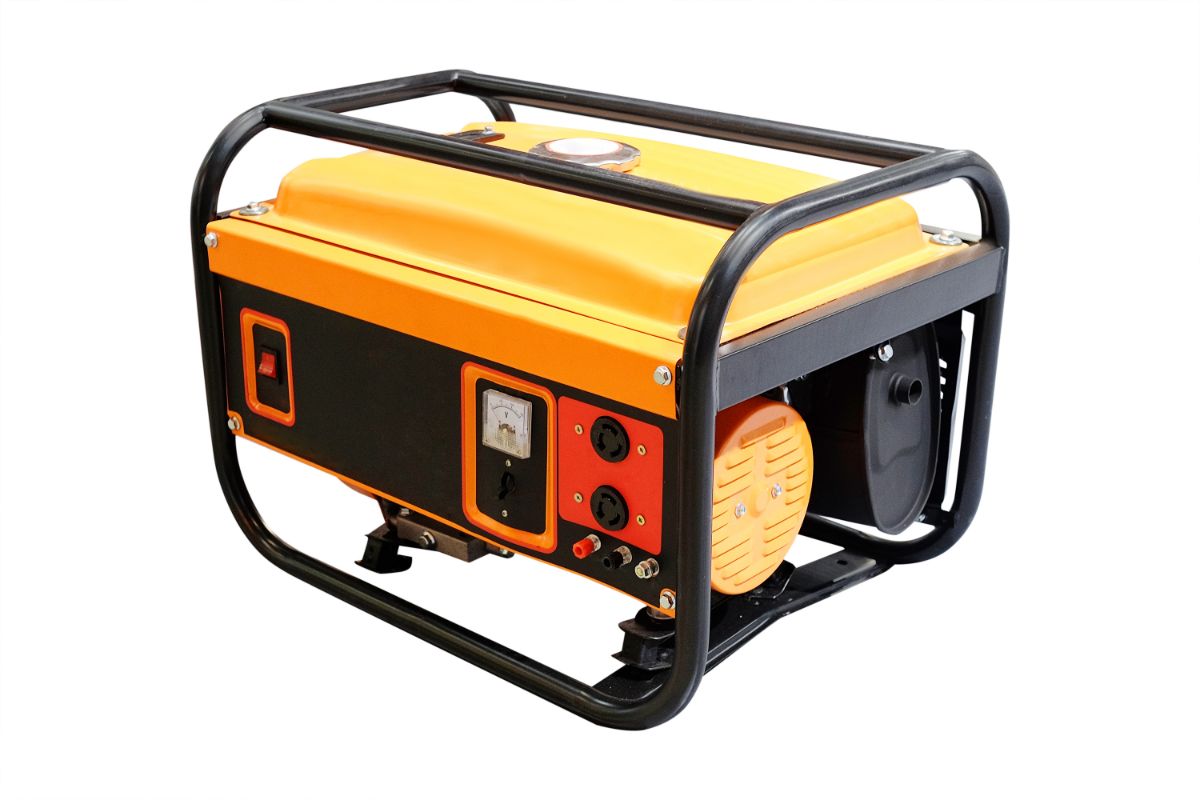If you’re in the market for a super portable solar power supply, there’s no question that either the Bluetti AC50S and Jackery 500 is your best bet, but how are you to choose between these diminutive dynamos?

Well, having spent a significant amount of time now with both of them, I’m ready to give you the big scoop on these small solar-powered stations. Let’s get to it!
Bluetti AC50S
Pros
- Lightweight
- LCD
- Great handles
- Durable
- Variety of outputs
- You get a lot in the box
- Insane battery cycle life
- Slightly more affordable
Cons
- Low surge wattage
- Pass-through charging can reduce battery cycle life
Jackery 500
Pros
- Lightweight
- Epic surge wattage
- Great continuous wattage for its size
- LCD
- Durable
- Pass-through charging
Cons
- Outputs could be more versatile
- Cycle life pales in comparison to the AC50S
Bluetti AC50S vs Jackery 500 Buying Guide
Where Can I Buy These Generators?
What’s in the Box?
Bluetti AC50S
- Power station
- AC adapter
- Car charging cable
- MC4 solar charging cable
- USB-C cable
- User manual
- Service card
Jackery 500
- Power station
- AC adapter
- User manual
Portability
The Bluetti AC50S weighs in at 13.6lbs, which is about the same as a rather well-fed cat, so it’s not exactly a back-breaker. At 11.6 x 7.5 x 7.7”, it’s nice and small too, which I really appreciate, as when I set out on a camping trip, my poor little Ford is packed to the windows.
Weighing a feathery 13.32lbs, the Jackery 500 is lighter still, around the same as a slightly less corpulent feline (Yep, I’m sticking with the cat thing), which is strange because, at 11.8 x 7.6 x 9.2, it’s actually the larger of the two units.
The Jackery has a solid singular, central handle, but personally, I prefer the two handles of the AC50S. Converge in the middle of the unit, they offer a more balanced and comfortable feel, which you’ll be thankful for if you have to trek a fair way to find your pitch on your next wilderness jaunt. They also fold down into the enclosure, which is a lovely little space-saving feature!
Verdict
The handles clinch this round for the AC50S!
Battery Power and Capacity
Capable of putting out 300 watts continuously and a 450-watt surge, the Bluetti AC50S is a shoo-in for powering all your small electronics such as smartphones, laptops, tablets, fans, camping lanterns… you name it.
The Jackery 500 sees the AC50S’ 300-watt continuous flow, and raises the stakes by a full 200 watts, amounting to a total continuous output of 500 watts — very impressive, but you ain’t seen nothing yet!
Jackery ups the ante in the surge wattage department as well, bringing a massive 1000 watts to the table, meaning it’s capable of powering some pretty demanding electronics.
With a 518 Wh capacity, the 500 has the edge in terms of running duration, but it’s fairly negligible (the AC50S tops out at 500 Wh).
Verdict
The Jackery 500 storms the power and capacity round!
Battery Cycle Life
Okay, so we’ve established that the Jackery unit has the biggest muscles, but which of these generators has the staying power?
Well, Bluetti batteries are usually absolute workhorses, and the AC50S is no exception. Rated for 1000 cycles to 80%, it may just last you a lifetime. The Jackery 500, on the other hand, is only rated to last 500 cycles to 80%.
Verdict
The AC50S plays the long game exceptionally well!
Charging Methods
In my opinion, a variety of charging methods is absolutely essential in a portable solar generator, especially if you live in an area that doesn’t get all that much sun, so let’s see what these green gladiators can do!
| Charging Method | Bluetti AC50S | Jackery 500 |
| AC |  |
 |
| Solar |  |
 |
| Car |  |
 |
| Generator |  |
 |
| Lead Acid Battery |  |
 |
| Dual AC |  |
 |
| Hybrid Charging |  |
 |
It took my AC50S about 4.5 hours to reach 100% when plugged into my AC outlet, 5(ish) hours when hooked up to my solar panel array, and I haven’t tried car charging all the way to 100%, but Bluetti claims it takes roughly 15 hours via a 12V adapter.
My Jackery 500 took just over 7.5 hours to hit full charge when plugged into an AC outlet, just over 9 hours when linked to my 120-watt solar array, and, according to Jackery, you’re looking at something to the tune of 16 hours to charge with your car.
Verdict
This round goes to the speedy AC50S, but seeing as the 500 has a larger battery to fill, this one was kind of a given.
Compatibility
Now let’s take a look at how many different devices these power stations can charge simultaneously.
| Output Format | Bluetti AC50S | Jackery 500 |
| USB | 4 x 5V/3A USB-A | 3 x 5V/2.4A USB-A |
| USB-C | 1 x 45-watt USB-C PD | N/A |
| AC | 2 x AC 230V | 1 x AC 110V |
| DC | 2 x 12V/3A1 x 12V/10A | 2 x 12V/7A1 x 12V/10A |
| Wireless | N/A | N/A |
Verdict
The AC50S has a much more fleshed-out array.
Features
And finally, let’s see what special features these units come with to sweeten the deal.
| Feature | Bluetti AC50S | Jackery 500 |
| Pass-Through Charging | Yes, but not advised |  |
| Overcharge/Short-Circuit Protection |  |
 |
| LCD |  |
 |
| BMS |  |
 |
| Touch Screen |  |
 |
| UPS |  |
 |
| Expandable |  |
 |
| MPPT |  |
 |
Verdict
The Jackery 500’s pass-through charging chops clinched it in the final round.
Bluetti AC50S vs Jackery 500: The Final Verdict
With 4 rounds to 2, the Bluetti AC50S earns the glory here at the end of my showdown, but what I’ve discovered during my time with these generators is that although they seem very similar on the surface, they’re actually very different devices.
To say one is better than the other really doesn’t sit right with me, as they’re both great in different ways.
For instance, if you’re looking for an optimal size-to-power ratio, then the 500 blows the AC50S out of the water, but if you want more flexibility in terms of outlets, then the AC50S is a no-brainer. It all comes down to your own personal wants and needs.





